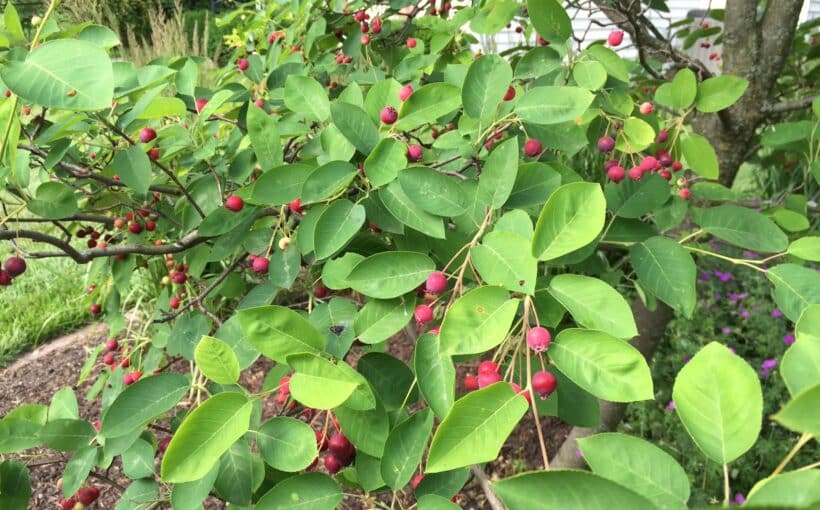Your garden can help restore biodiversity! Our local ecosystems rely on a vast number of species connected together in a web. When the web is stable, we benefit from clean air and water, carbon storage, pollination of our food, and a host of other ecosystem services.
But our local ecosystems are losing more and more species, which in turn weakens the web. We need to shore up these ecosystems by supporting native populations of plants, insects, and other animals. And we can do it in our own landscapes, no matter how small they are.
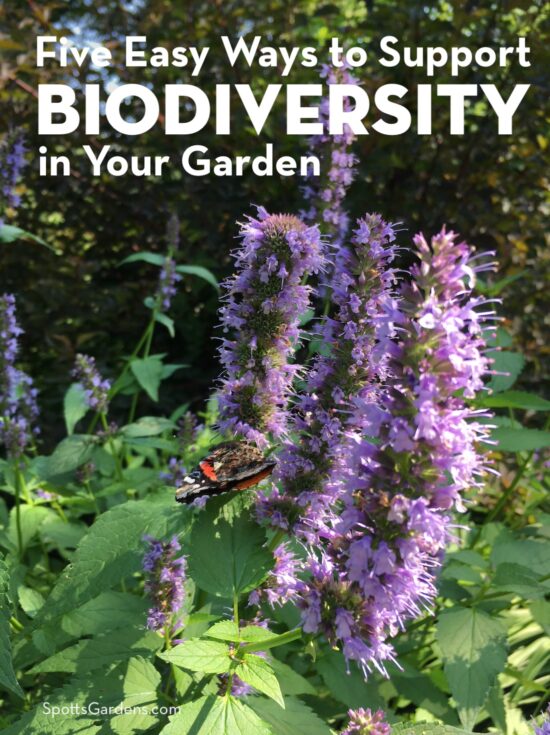
It works! Homegrown National Park reports :
- a review of 28 studies from 14 different countries that had measured populations of 830 bee species found that both generalist and specialist bees benefited from intentional pollinator gardens.
- a study found monarch butterflies laid up to six times more eggs per milkweed ramen and survived to adulthood better in purposely planted milkweed patches in suburban garden settings than in natural areas.
- a large 20-year study in an urban center in Switzerland found that creating small ponds throughout the city increased populations of ten out of twelve frog and salamander species.
Bring biodiversity to our urban and suburban spaces by using these strategies in your outdoor spaces!
1. Plant natives.
Food webs rely on a large population of insects that feed other animals. By creating home gardens that nurture a variety of insect populations, we in turn support the birds, reptiles, amphibians, and mammals that eat them.
Because our native insects and plants evolved together, many native insects feed only one species or genus of native plants. Habitat destruction has reduced the numbers of those wild plants and threatened the insect populations that relied on them.
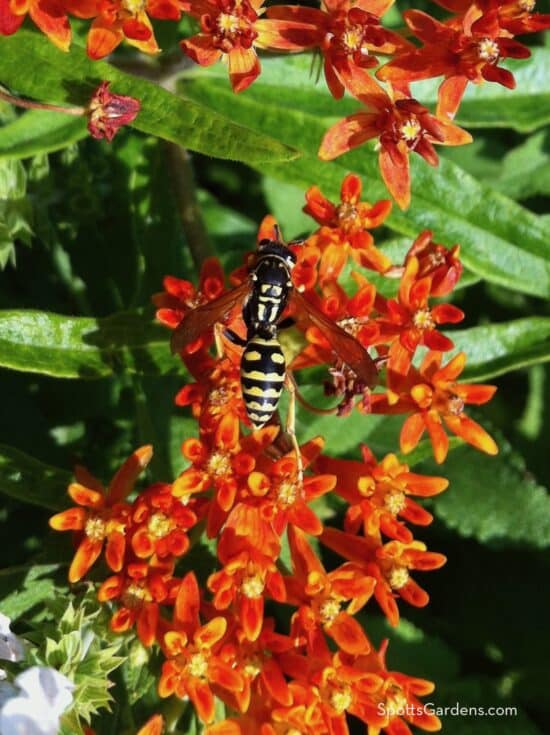
So one of the easiest ways to support biodiversity is to plant species that support our insect populations. You don’t have to give up your favorite non-native plants; just add some natives to them. Even one native plant makes a difference!
Match your native plant selection to the sun and soil conditions in your landscape. We prefer plants native to within the state borders of Indiana; use the maps at BONAP.org to see which states your plant is native to. Other organizations may define natives by other criteria, so use the plant’s botanical name (genus and species) to be sure that your “native plant” is actually a good fit here.
We’ve written lots more about our favorite plants native to Indiana; check out all our native plant blogs here.
2. Remove invasive species, then plant right away.
Invasives are non-native plants that spread aggressively outside their native range. They outcompete native plants and well-behaved non-natives, destroying ecosystems in the process. Some even poison the soil around them, making the area less inviting for desired plants.
Controlling invasive species can be a long-term project, and your strategy depends on which species you’re dealing with. Many can be controlled organically if you’re persistent enough in digging them out, cutting them back, or mowing them at the right time. Check with your local university extension (in Indiana, it’s Purdue University Cooperative Extension Service) for the best strategies for controlling the invasives in your garden.
At Spotts, we use integrated pest management, which means using the least forceful intervention that will get the job done. Where possible, we control invasive and aggressive plants using organic strategies like cutting, digging out, or timed mowing. But we will use selective herbicides to remove certain invasive plant species, if organic methods aren’t feasible because of the size of the area to be controlled or because we need to plant quickly.
We use herbicides only if doing so allows us to improve the biodiversity of the site; eliminating a monoculture of invasive plants lets us establish a mix of native plants.
Once you’ve reclaimed space from invasive species, plant that space as quickly as possible. Bare soil allows the invasives to move back in. So plant heavily (preferably with a mix of native species), and keep patrolling the area for reemergence of the invasives. Remove any recurrence of invasives as soon as you see them.
3. Use sustainable pest and weed control strategies.
Routine chemical control in the garden is directly counterproductive to increasing biodiversity. Even sublethal levels of pesticides can affect pollinators and other invertebrates that form the base of the food web. And that’s quite aside from the fact that synthetic pesticides and herbicides are expensive, pollute our waterways, and destroy the microbial life that thrives in healthy soil.
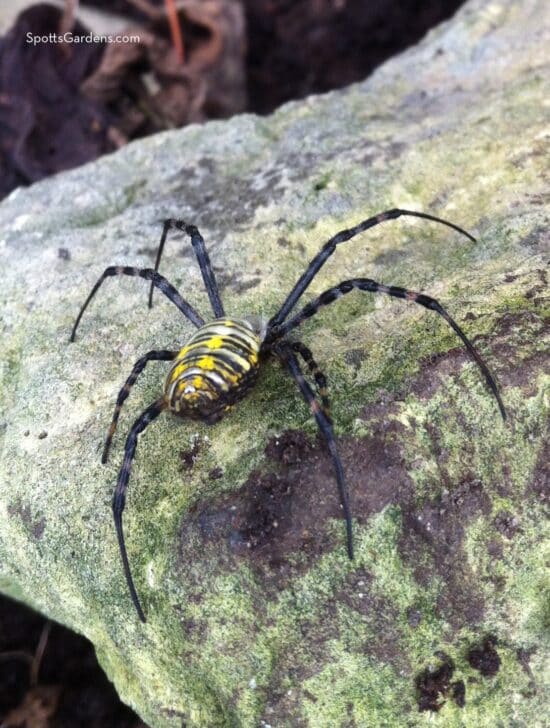
As we mentioned above, we’ll sometimes use targeted herbicides to kill invasive species before planting a space. But once the initial clearance is complete, herbicides are never part of our maintenance routine. Instead, we focus on organic strategies like those listed here.
- Weeding by hand with a soil knife or hoe.
- Planting heavily so that plants will grow together and form a weed-suppressing layer.
- Using mulch until plants grow together enough to shade out weeds.
- Never allowing weeds to go to seed.
- Targeted mowing in large areas.
- Managing diseases and insect pests through:
- mechanical means (shooting them off plants with a jet of water, hand picking from plants, cutting off diseased portions of the plant)
- cultural means (right plant right place, increasing air circulation)
- biological strategies (inviting in predator populations to control them, like the yellow garden spider shown here)
- organic chemical strategies (insecticidal soap, Neem oil)
4. Plant in layers.
Choosing plants that grow to different heights supports wildlife with different needs! Here in Indiana, we’re in the Eastern Temperate Forests ecoregion, so open woodlands form a great model for layering up in the garden.
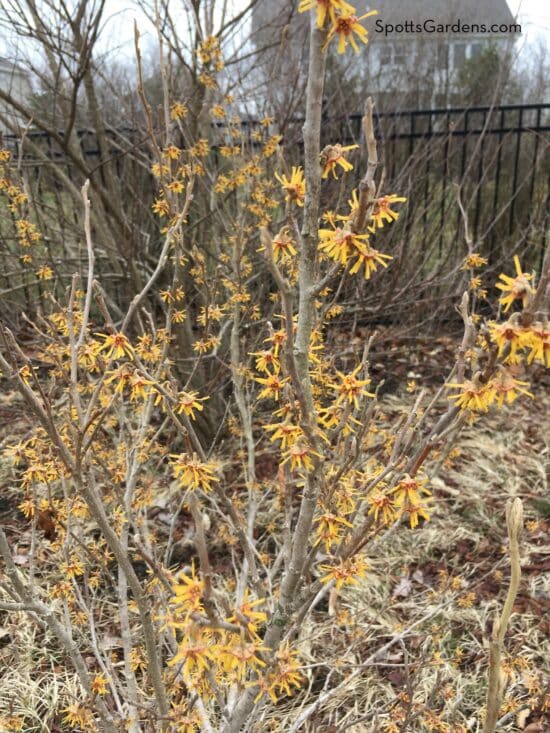
Work in plants in as many of these layers as you can.
- Canopy trees (trees taller than 40′)
- Understory trees (trees between about 25′ and 40′)
- Small trees (trees shorter than 25′; in a small garden, this might be the top layer)
- Shrubs (multi-stem woody plants)
- Herbaceous forbs and grasses (perennials, annuals, grasses, sedges, ferns, bulbs, ephemerals)
- Groundcover plants (herbaceous plants 12″ or less that grow under and around woody plants and grasses)
- Vines
Our gardens include a hefty groundcover layer planted under the trees and shrubs as well as in open spaces. After a few years, these groundcover plants grow together to act as living mulch and shade out weeds. We use a mix of groundcover species in each garden to maximize diversity.
5. Add keystone species.
A keystone species is one that has an outsize effect in stabilizing an ecosystem, even though its numbers might be small. Even if an ecosystem has huge number of different plant species, that food web will collapse if it doesn’t have keystone species. The same is true of the food webs in our gardens.
Research has shown that specific keystone genera are the backbones of our local ecosystems. Host plants that feed up to 90% of moth and butterfly species larvae make up only 14% of native plant species. Anywhere from 15% to 60% of our native North American bee species eat pollen from only specific species of native plants.
Plant at least one keystone species in your garden! The National Wildlife Federation has a list of keystone genera for each region here. (Indiana is in the Eastern Temperate Forests ecoregion.)
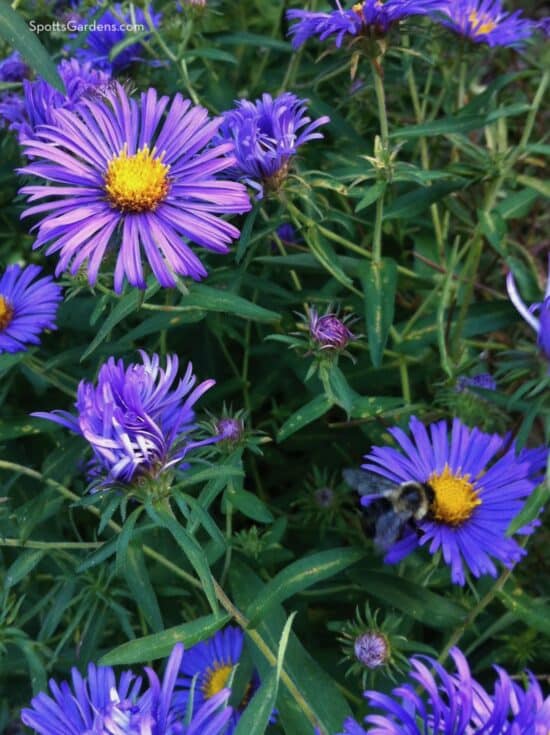
+1 Get on the map.
Head over to Homegrown National Park and put yourself on the map! The brainchild of Dr. Doug Tallemy, Homegrown National Park is dedicated to increasing biodiversity one property at a time. As of June 2024, 38,000 have together restored diversity to over 100,000 acres in just three years. You could be part of the next 100,000 acres.
We can give you a customized plan for increasing biodiversity in your garden. Contact us for a consultation today!
